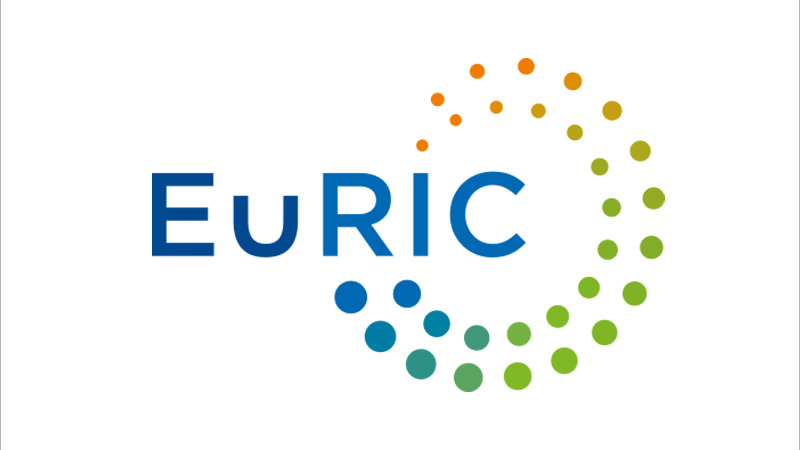Multilayer plastics consist of several layers of materials, from plastics (PET, PE, and PA) to aluminum and beyond. They are mostly used in packaging to enhance food safety and extend shelf life or in agriculture for crop protection, yet they pose challenges to recyclers.
A multistakeholder workshop hosted by EuRIC, the European Recycling Industries’ Confederation, took place on November 3 to discuss innovative solutions to overcoming this societal challenge. Preliminary results were presented, including more efficient techniques for sorting multilayer plastics through digital watermarks and NIR, novel decontamination and upgrading processes, and enhanced physical recycling (dissolution).
Topics such as the future of EPR schemes and how to incentivize product design, the impact of mandatory recycled content for plastic products, and achieving better cooperation across the value chain were prominently featured at the workshop.
“European recyclers are committed to addressing the challenges posed by multilayer plastics. Innovation is key and the EU-funded CIMPA project will better enable us to upscale recycling for a truly circular and climate-neutral economy”, stated Emmanuel Katrakis, Secretary General of EURIC.
“CIMPA’s initial results revealed very exciting results on decontamination, sorting, and the upgrading of physical and mechanical recycling. The workshop also enabled us to collect input from external stakeholders”, noted Céline Chevallier, CIMPA coordinator and materials development project manager at IPC (France).










